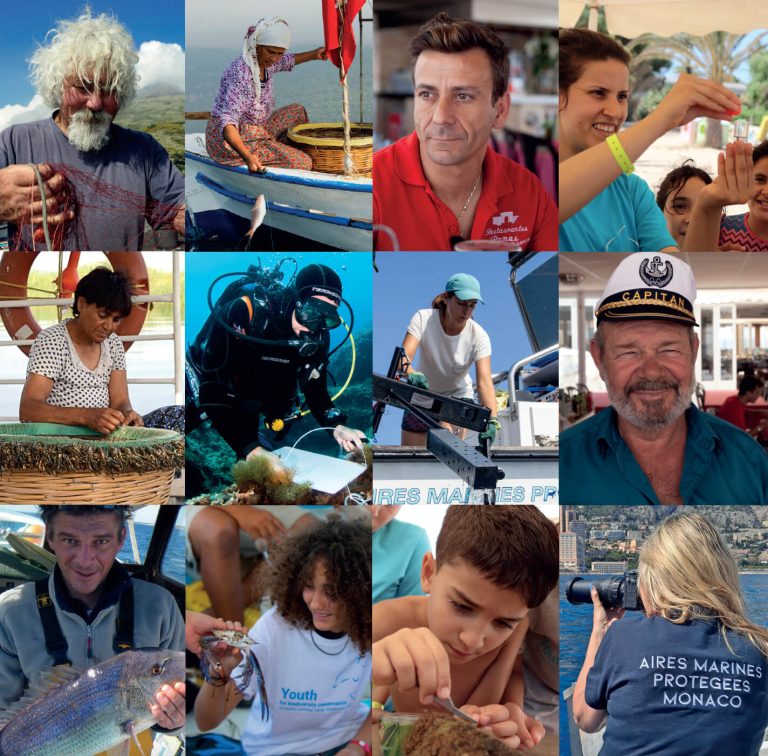Exhibition: Time for action
Time for action: the Mediterranean Marine Protected Areas
This exhibition was designed and produced by the Société des Explorations de Monaco, in collaboration with its partners involved in the development and effective management of Marine Protected Areas in the Mediterranean: SPA/RAC, The MedFund, MedPAN and the Monk Seal Alliance. Marine Protected Areas are the common thread running through Monaco Explorations Mediterranean Missions, announced in April 2024 in Barcelona, on the occasion of the Second Conference of the United Nations Decade of Ocean Sciences for Sustainable Development (2021-2030).
Combined with other management and regulatory tools, Marine Protected Areas are an effective way of strengthening the protection and sustainable management of the Mediterranean Sea and the species that inhabit it. Harmonious development with the human populations along its shores is possible. How do Marine Protected Areas work? What exactly are we talking about? What pressures are currently being exerted on the Mediterranean environment? You’ll find out all about it in this exhibition!
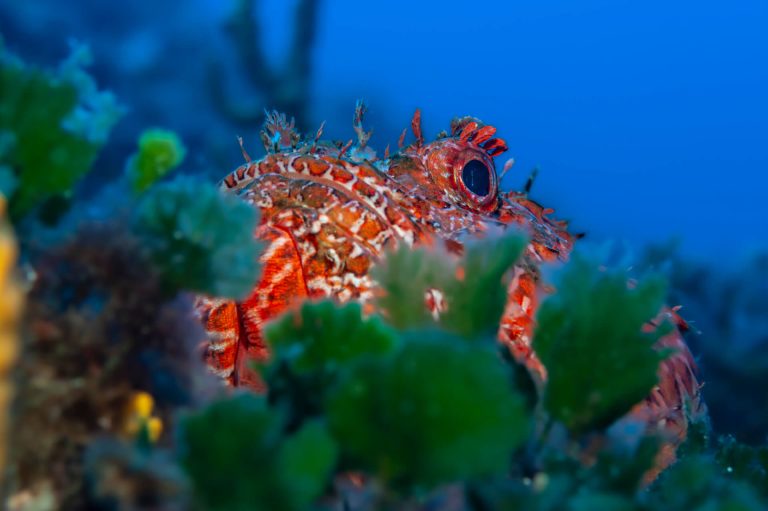
Panel 1 - Time for action
The Mediterranean Marine Protected Areas
Audioguide.
Discover the Mediterranean Sea and its Marine Protected Areas with Pam, a devoted diver and biologist. Scan the QR codes on every display to find out more!
Panel 4 - Mare Nostrum
At the center of our world is the Mediterranean, which connects three continents: Europe, Africa, and Asia. Its natural and cultural diversity defines it.
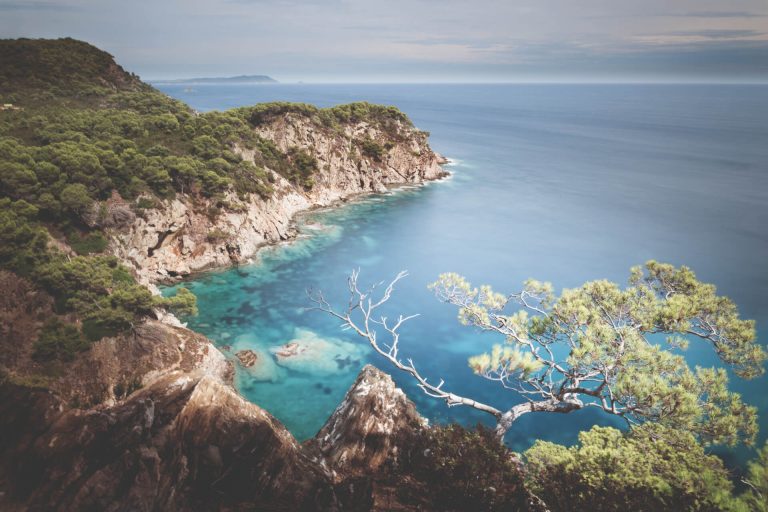
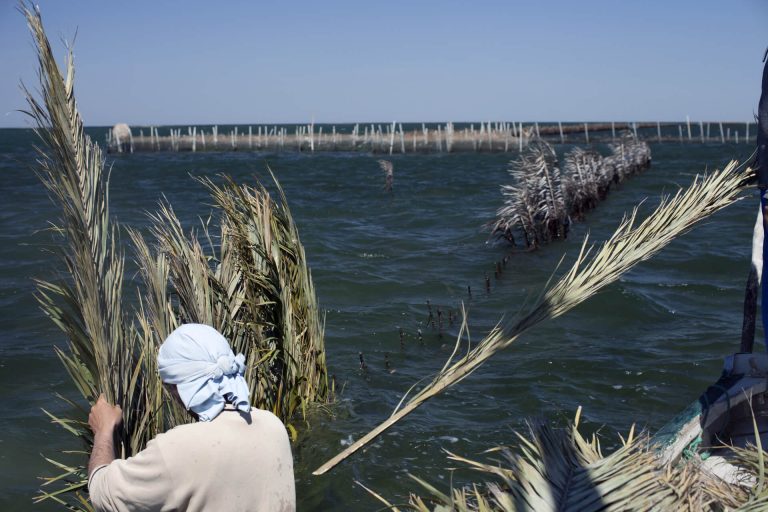
Panel 5 - We are Mediterraneans
522 million people live around the Mediterranean. Every year, 360 million tourists visit its coastline.
Panel 6 - Biodiversity
Despite its relatively small size – making up 0.8% of the world’s seas – the Mediterranean harbors 7-8% of all marine life and boasts 28% of all endemic species.
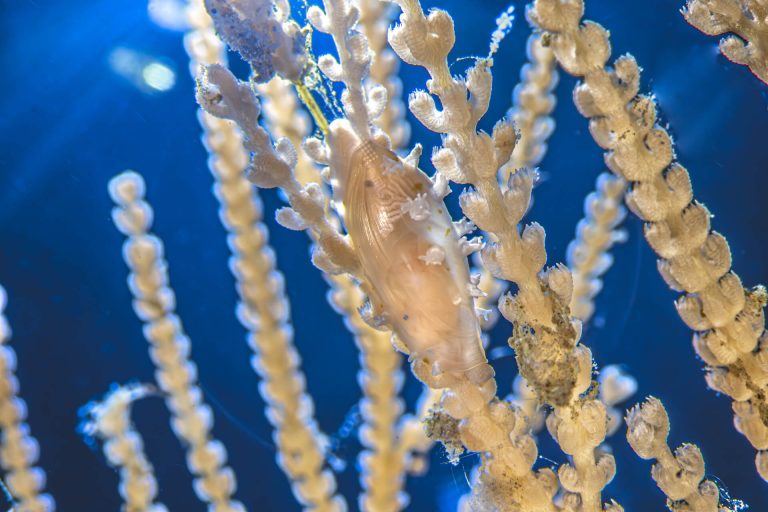
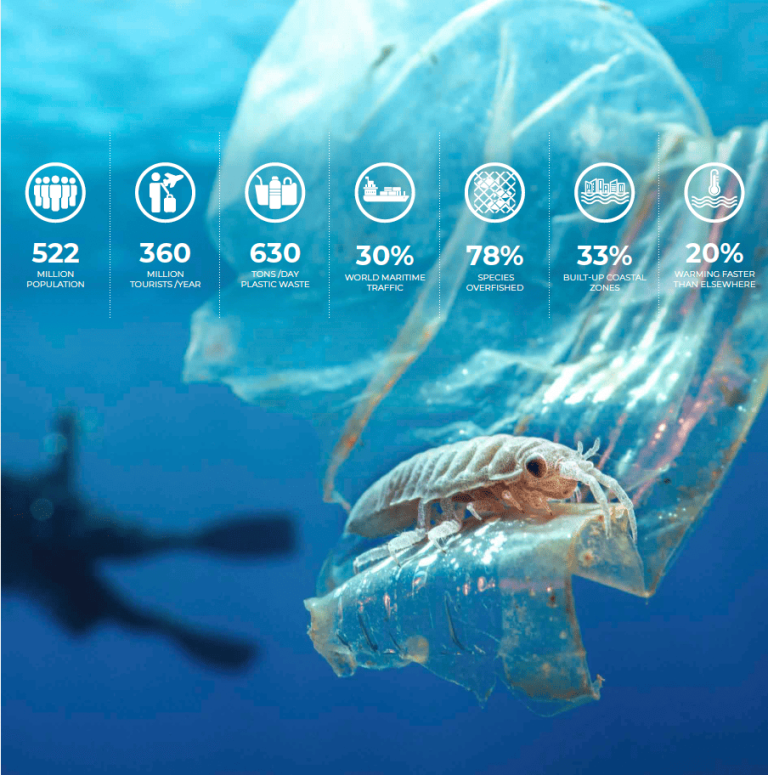
Panel 7 - Under pressure
The Mediterranean is under pressure: it’s one of the world’s most polluted seas. Its health is being impacted by human activity and global warming.
Panel 8 - Things are heating up!
The Mediterranean is warming up 20% faster than the global average. This is a climate challenge that requires immediate action.
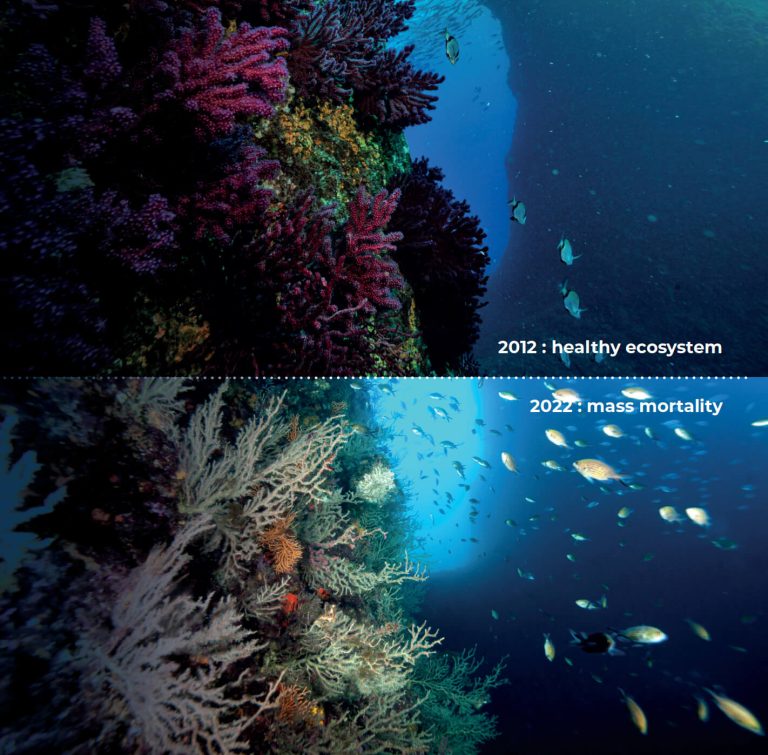
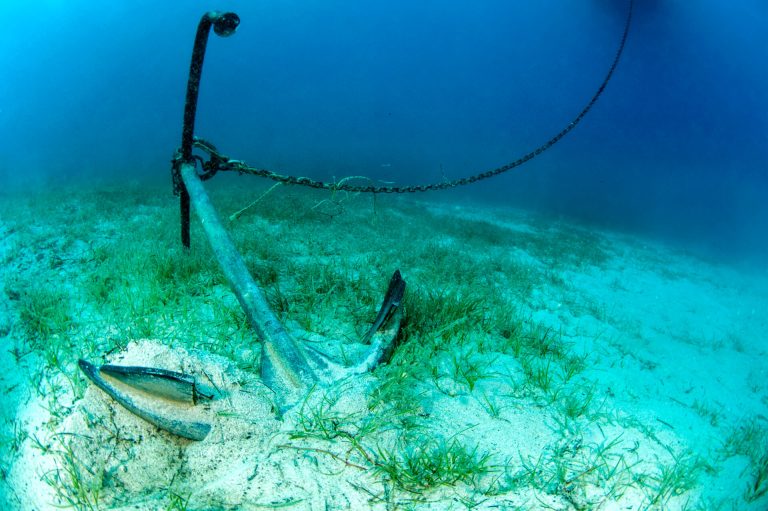
Panel 9 - Ecosystems in danger
Mediterranean ecosystems are suffering due to seabed degradation and pollution, excessive urbanization, and increasing temperatures that threaten their equilibrium.
Panel 10 - Endangered species
In 2020, Plan Bleu’s State of the Environment and Development in the Mediterranean counted 78 endangered marine species and 168 endangered coastal species. It’s an emergency!
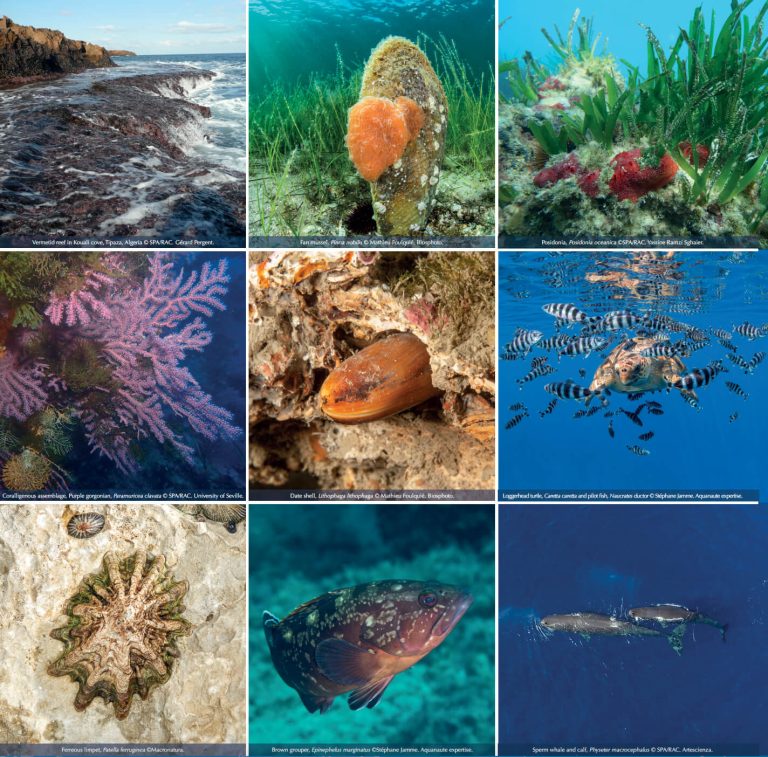
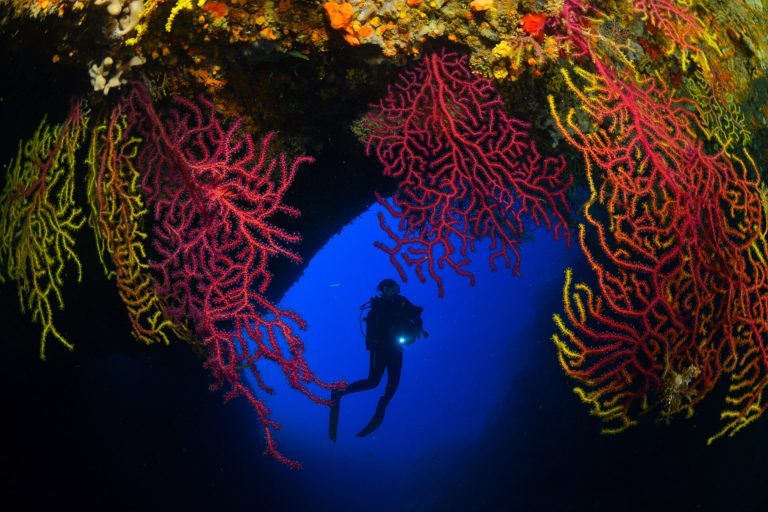
Panel 11 - Protect
The Mediterranean needs our protection now more than ever! This miniature sea is a global priority area for conservation.
Panel 12 - What about you ?
Now let’s test some of your knowledge… Answer the questions by ticking the correct box!
Normally I’ve already given you quite a few clues in my comments! But the most important thing is not to remember the figures! This information is there to help you think about the Mediterranean environment and its overall situation.
So ? Ready to play? Above all, don’t hesitate to ask the people around you questions and play games with them!
Remember, we’re always stronger together!
Good luck!
![]()
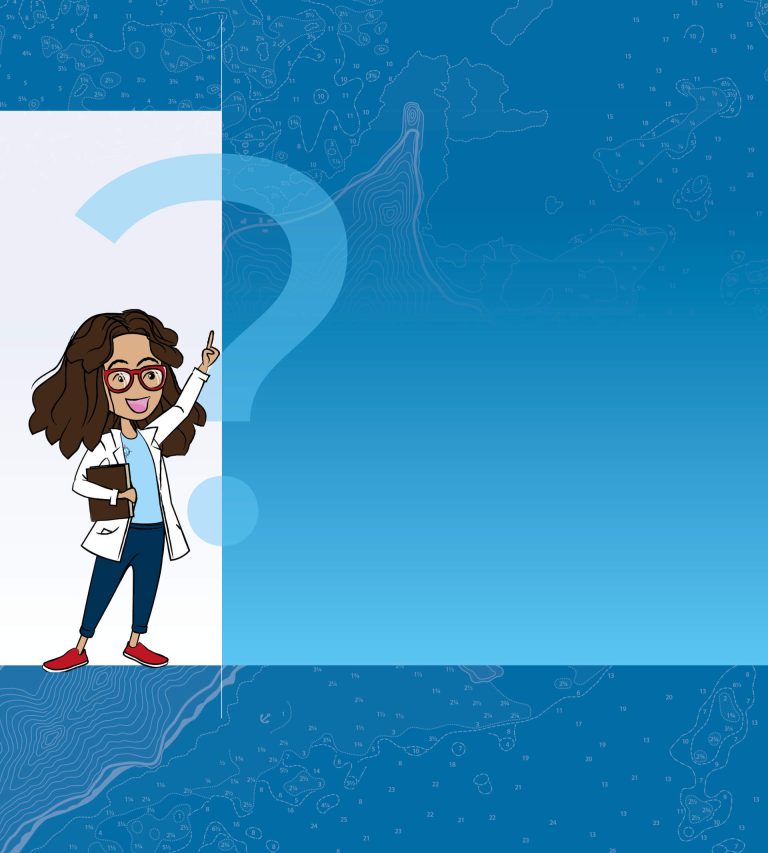
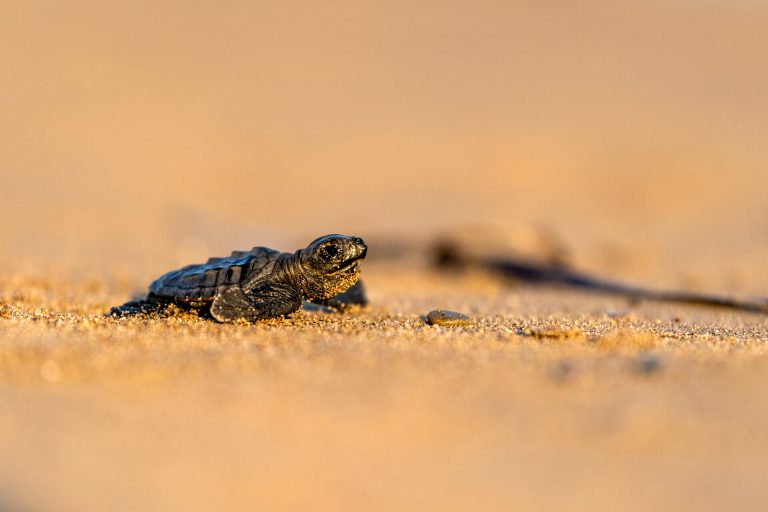
Panel 13 - Marine Protected Areas
Marine Protected Areas are marine or coastal zones that have been placed under protection due to their ecological significance.
Panel 14 - A good solution
Marine Protected Areas are indispensable for protecting and sustainably managing marine resources and ecosystems. They’re a great solution for the future.
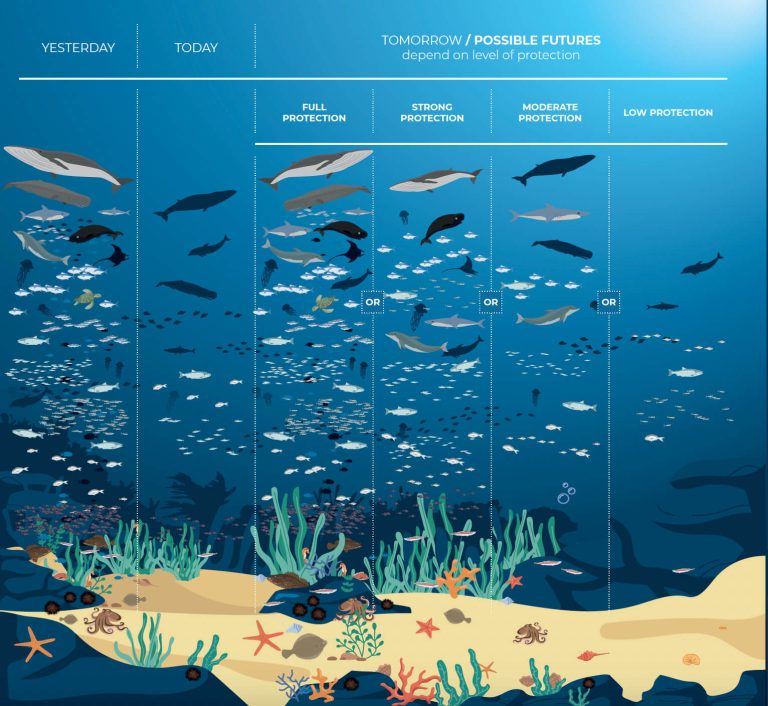
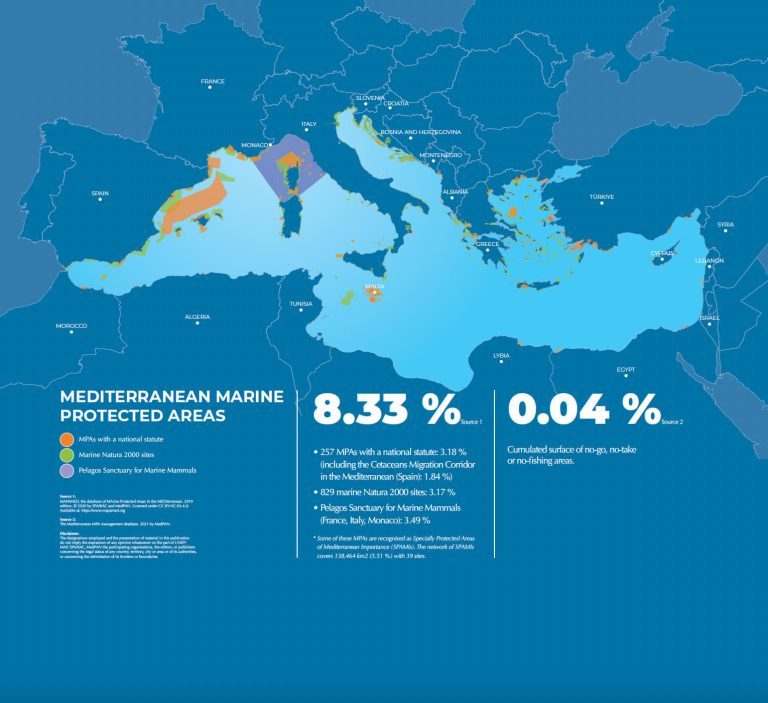
Panel 15 - State of affairs
In 2020, 8.33% of the Mediterranean was protected by 1,087 Marine Protected Areas that cover a combined 209,303 km2. We should encourage this growth as much as possible!
Panel 16 - The effects of reserves
The better an area is protected, the more its habitats get restored and the faster its populations grow – benefiting both neighboring areas and its users.
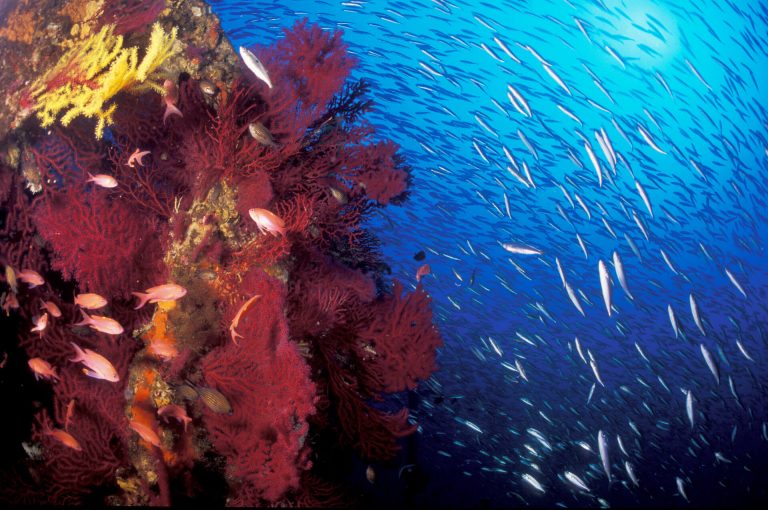
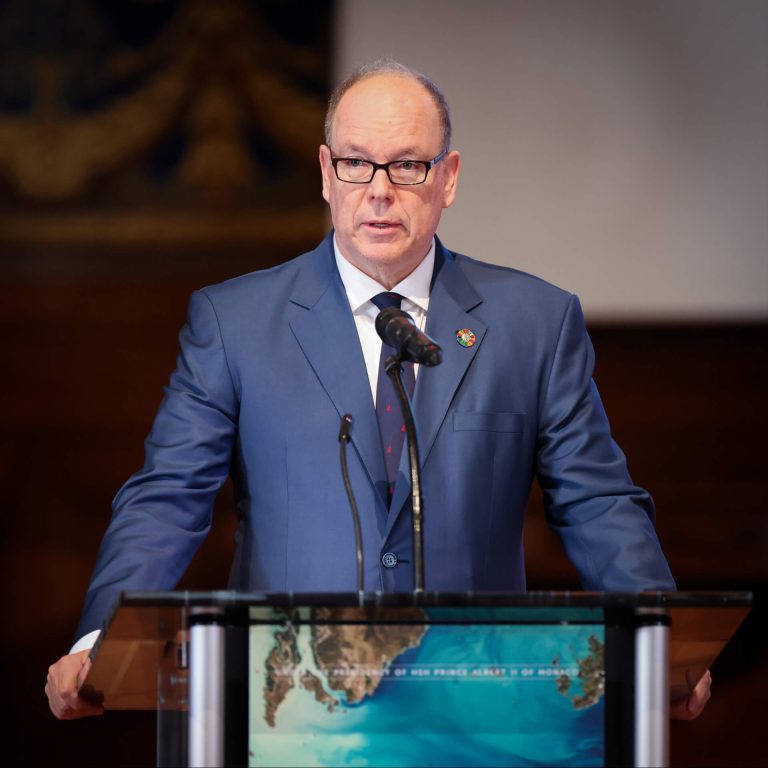
Panel 17 - On every front
To be truly effective on every level – both locally and internationally – we must create strong relationships between everyone involved in conservation and sustainable management.
Panel 18 - Acting in the Mediterranean
SPA/RAC, MedPAN, and The MedFund: these three organizations play key roles in developing Marine Protected Areas in the Mediterranean.
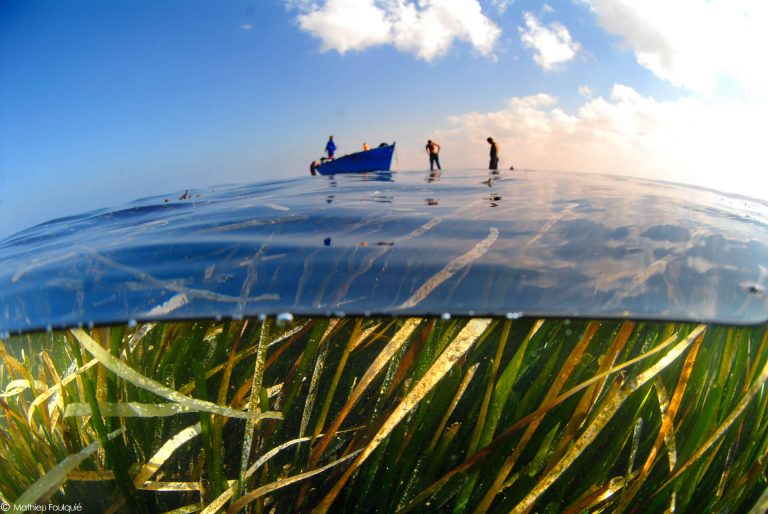

Panel 19 - Monaco is committed to the cause
H.S.H. Prince Albert II of Monaco calls for strengthening and extending the Mediterranean’s Marine Protected Areas by linking them to other management tools.
Panel 20 - Preservation
Protecting endangered species in the Mediterranean is paramount Monk seals, which were on the brink of extinction in 2000, now have a population of about 900 individuals.
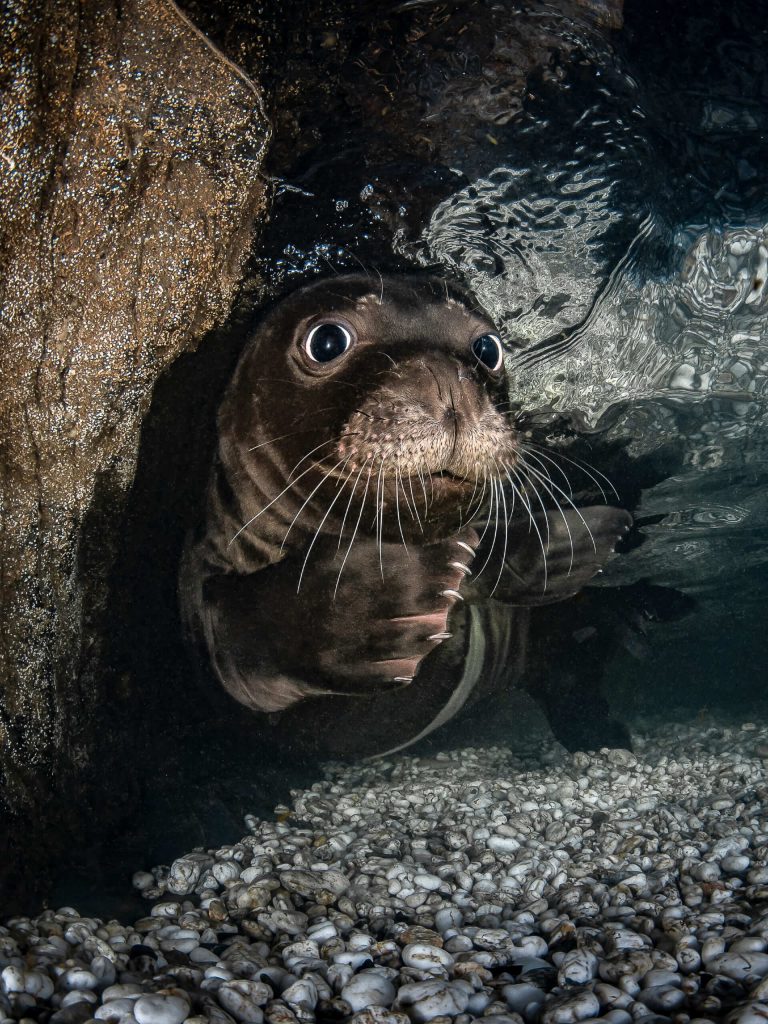
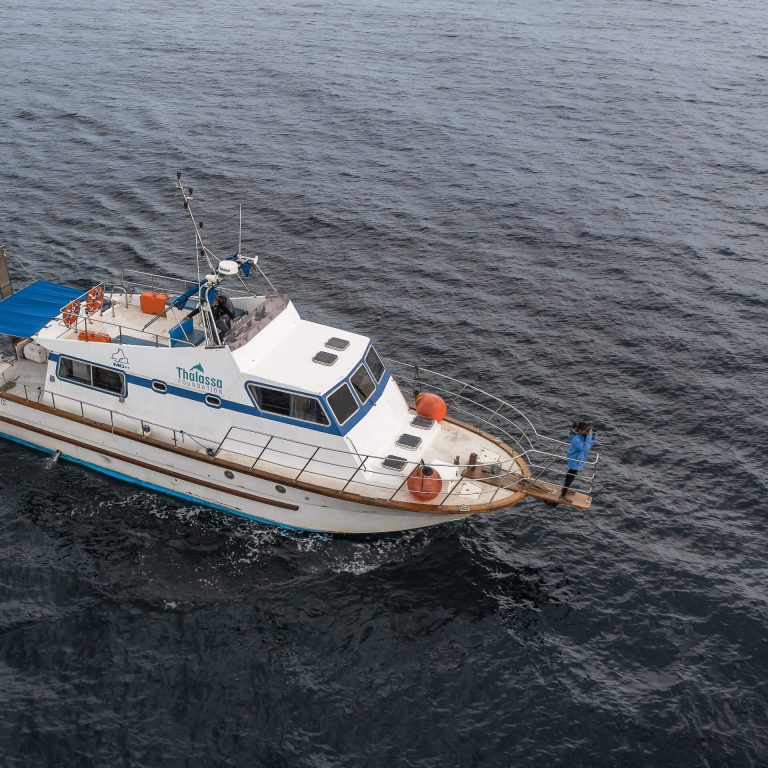
Panel 21 - Management
Sustainably managing marine resources in the Protected Areas means clear rules and an approach that balances protection and usage.
Panel 22 - Raising awareness
Raising awareness through activities like beach clean-ups and education are critical. They encourage us as Mediterranean citizens to protect Our Sea’s biodiversity.
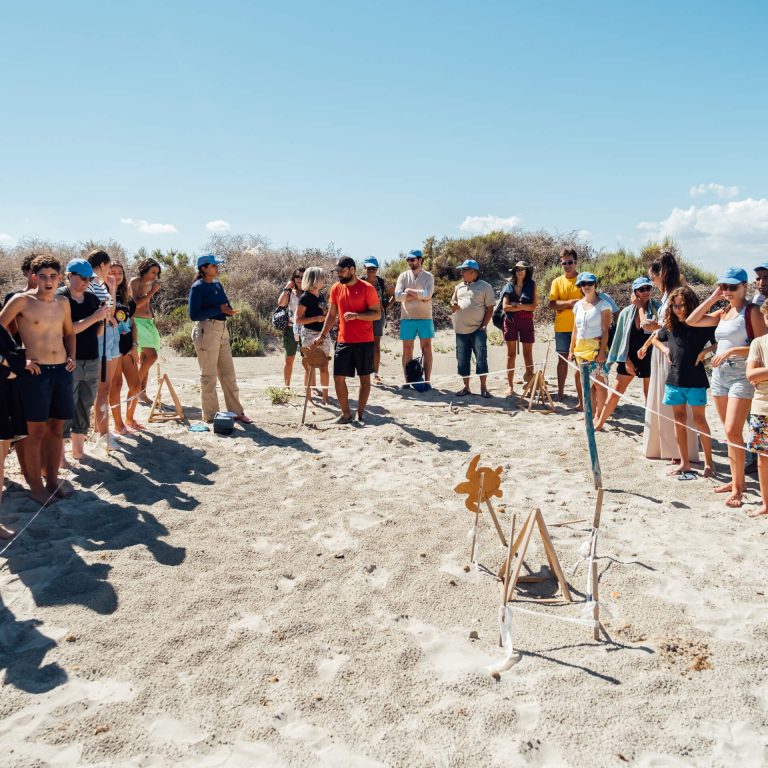
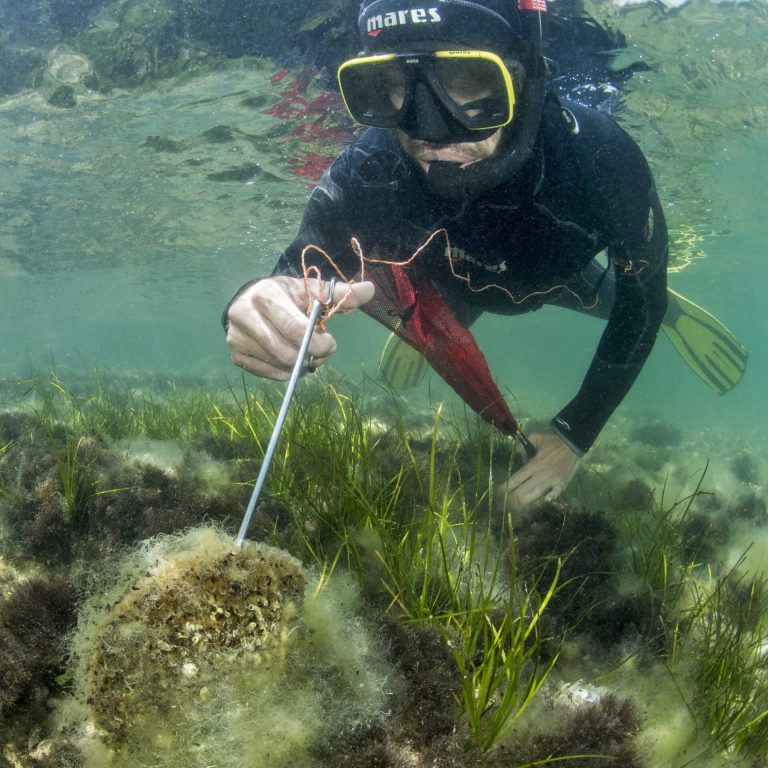
Panel 23 - Science
On-the-ground scientific studies evaluate the healthiness of our ecosystems and biodiversity. These studies are very valuable analytical tools for policymakers.
Panel 24 - Cultures
The history of the Mediterranean created our diverse identity. Are we prepared to build a sustainable future for Our Sea?
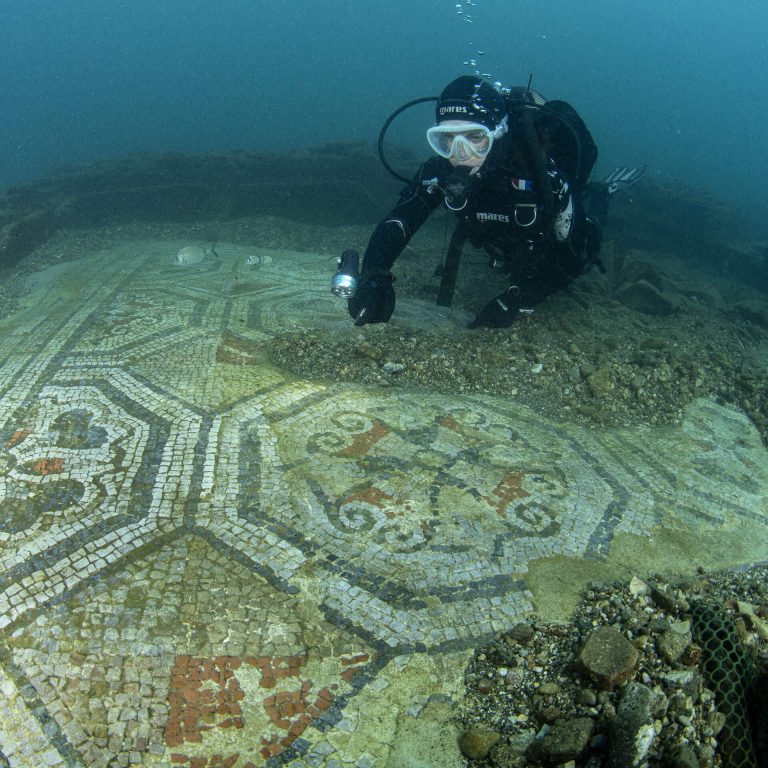
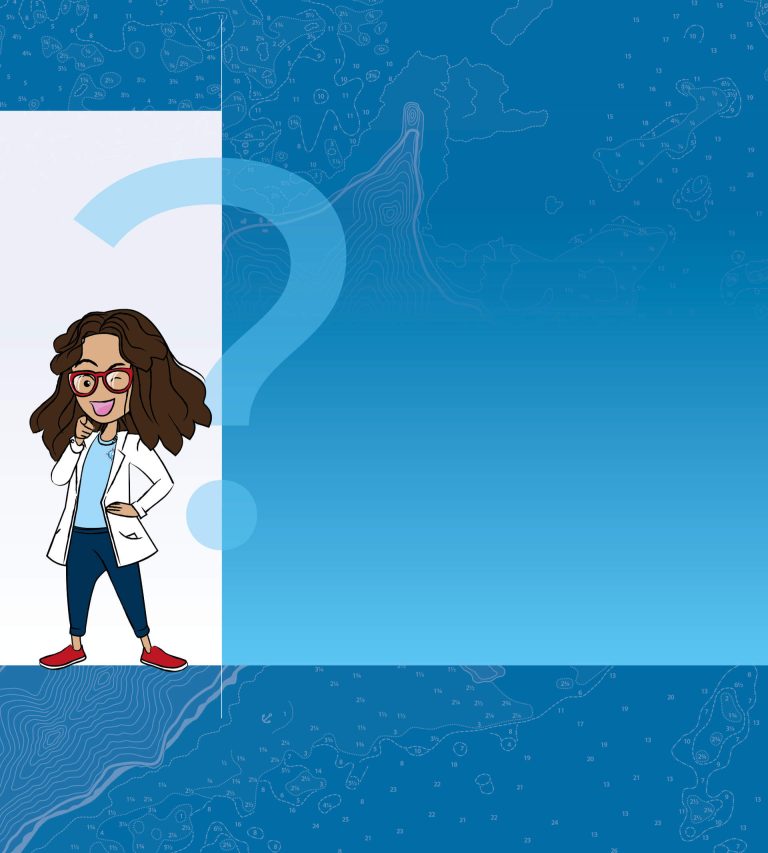
Panel 25 - What about you?
How do you help preserve the Mediterranean? Pick the actions that match you the best.
![]()
Panel 26 - 30 x 30 !
Let’s protect and efficiently manage 30% of aquatic and terrestrial species by 2030! The 30×30 objective! There’s still a lot to do in the Mediterranean… Let’s act now!
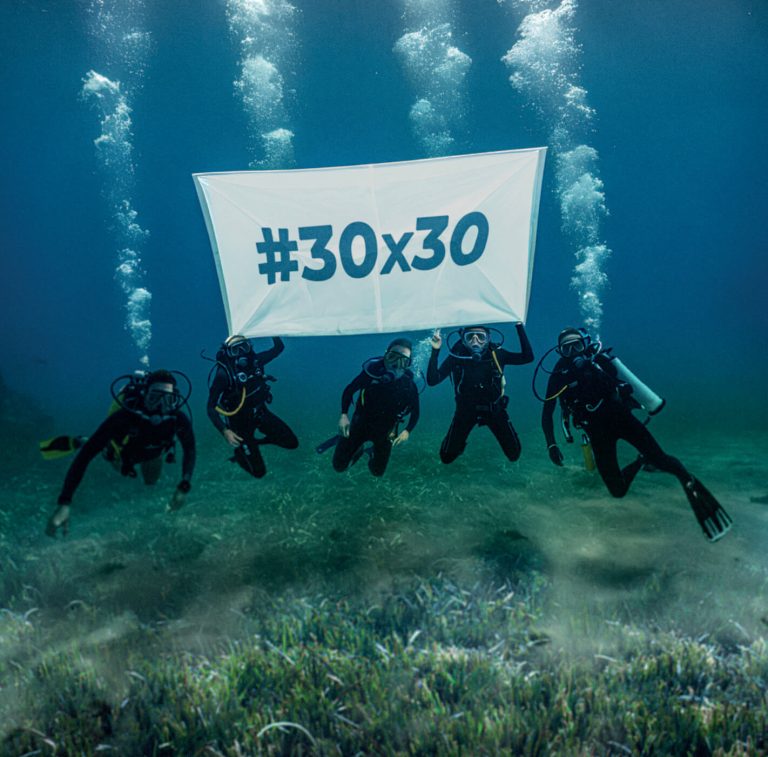
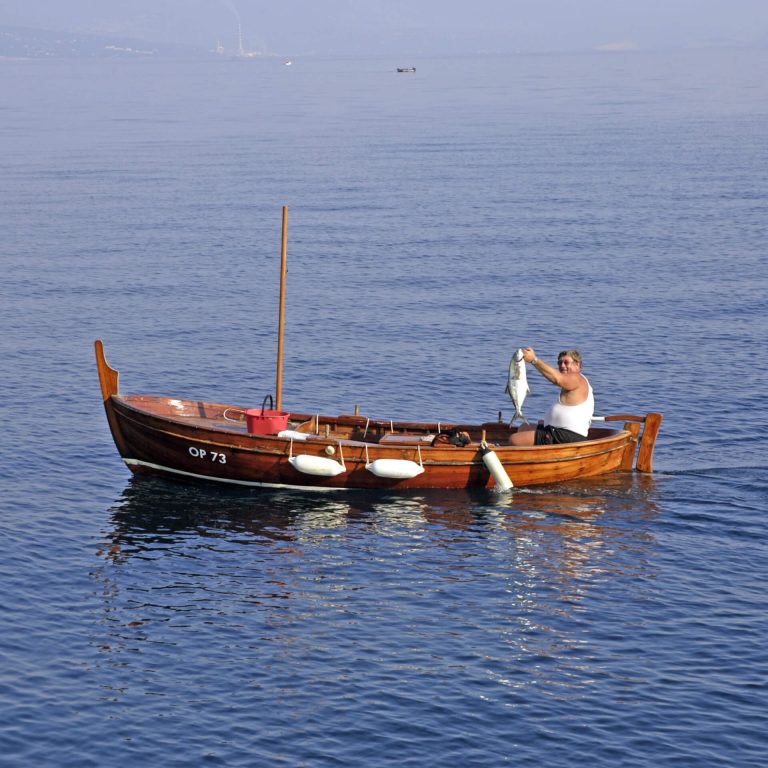
Panel 27 - Everything will benefit!
It’s clear as day: Marine Protected Areas mean benefits, well-being, a blue economy, and healthy animal, plant, and human populations!
Panel 28 - Together
Remember this: Let’s get 30% of marine and terrestrial species protected and managed by 2030! We’ll succeed if we work together. With your help, we can do anything!
